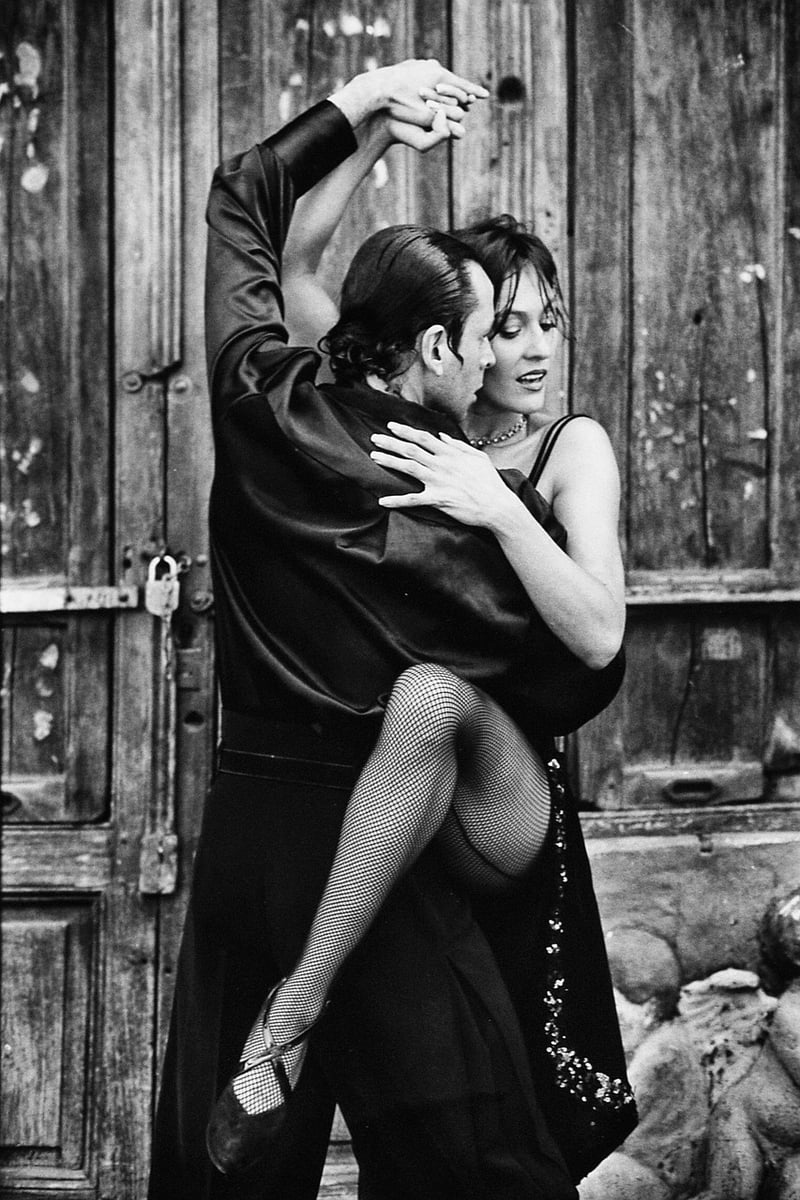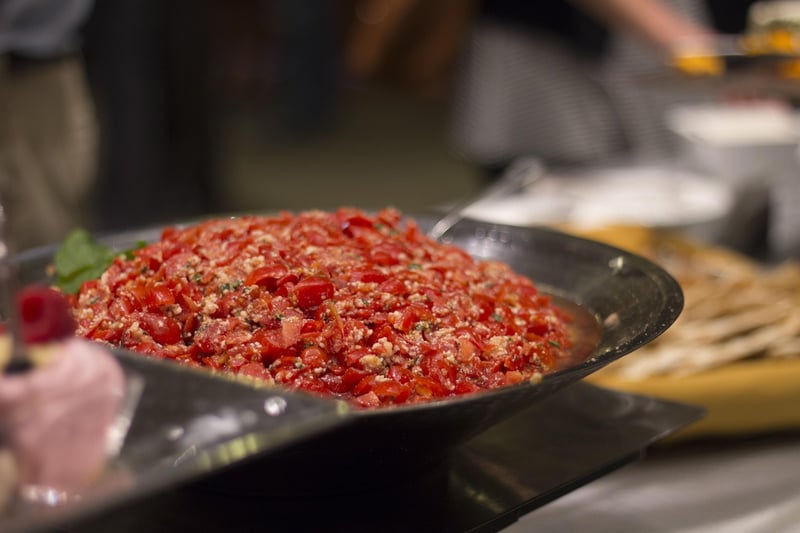Salsa
The Art of Expressive Movement in Salsa Dancing
Salsa dancing is not just about mastering the steps; it's about expressing yourself through movement. The art of salsa lies in the ability to convey emotions, tell stories, and connect with your dance partner and the music on a deeper level through your body language.
What is Expressive Movement?
Expressive movement in salsa involves using your whole body to communicate the rhythm, mood, and energy of the music. It's about more than just following a set sequence of steps; it's about interpreting the music and expressing your personality through your movements.
Key Elements of Expressive Movement in Salsa:
- Rhythm and Musicality: Syncopate your steps with the music to create a dynamic interplay between movement and sound.
- Body Isolation: Control different parts of your body independently to add texture and depth to your dancing.
- Emotional Connection: Use facial expressions and body language to convey the emotion and story behind the music.
- Partner Connection: Communicate with your partner through subtle cues, eye contact, and body positioning to create a seamless dance experience.
Benefits of Expressive Movement in Salsa:
By incorporating expressive movement into your salsa dancing, you can elevate your performance and create a more engaging and captivating experience for both yourself and your audience. It allows you to connect with the music on a deeper level and express your creativity and emotions through your dance.
Express Yourself on the Dance Floor:
Whether you're a beginner or an experienced dancer, remember that salsa is not just a series of steps—it's a form of artistic expression. So next time you hit the dance floor, let go of inhibitions, feel the music, and express yourself through the beautiful art of salsa dancing.

Image source: Pixabay
